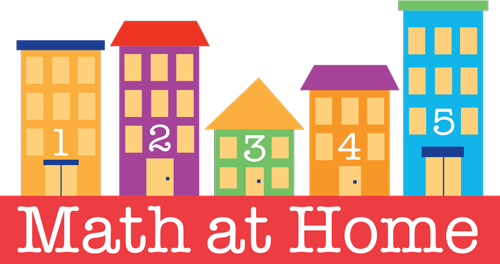Puzzles- the Next Step
After looking at the Jumbo Knobby puzzles designed specifically for very young children last week, I wanted to take a look at the next type of puzzles you might introduce to your kids. Each small step children take with puzzles is a forward developmental movement both cognitively and physically, and oftentimes, socially.
Once children have mastered puzzles with less than 10 pieces, it might be time to bring out the next selection. By this I mean, puzzles should be introduced as children are ready for them, rather than having all of the puzzles you have out on the shelves at once. This is true for several reasons. The first and most obvious is that the more puzzles you have out and available, the greater the chances that pieces will be lost, mixed-up or placed with the wrong puzzle, never to be straightened out again. Second, puzzles that are too easy for the children will be ignored and puzzles that are too difficult for the children will frustrate them. This is the Vygostkian principle of “The Zone of Proximal Development” hard at work.
This requires careful observation of the children and their puzzle skills. I have seen young 3 year olds complete puzzles that my boys at 10 could not complete- and I have seen my boys at 5 unable to complete the most basic of jigsaw puzzles. It is a skill (perhaps a talent??) that may be very strong for some children and average for others. Only you as the teacher will know if that 50-piece puzzle is appropriate for some of the children in your group.
So, what kinds of puzzles might be good to bring out next? I would stick with the sturdy wooden type, rather than the flimsy cardboard kind. Children will often try and force pieces into spaces, so you want your puzzles to withstand the constant abuse. I would then choose puzzles that have a theme that children will know and be familiar with and have uneven cut-outs.
Here are some nice ones….Each of these has 10 pieces but you can see how much more complicated they are than last week’s selection. 
